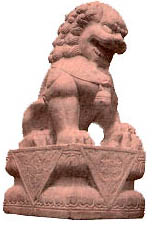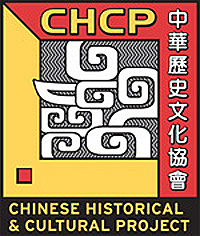|
- Home
- Foo Dog
Foo dog or 'Lion of corea'

Foo dogs are really lions. Behind their aesthetic appeal is a rich history of legend and tradition. The lion is known as the proud master of the feline race. It is not indigenous to China, although lion artwork and sculptures were imported as gifts to the emperor.
The lion does not occur in Chinese primitive art, but was introduced later in connection with Buddhism as the defender of law and protector of sacred buildings.Lions are often placed at temple gates and porticos of houses. Sometimes, they guard tombs. Stone lions in front of official buildings were originally put there to scare demons.
The conventional Chinese lion is sometimes called the “Lion of Corea” or the “Dog of Foo,” because it was found at the threshold of Buddhist temples. The lion is sacred to Buddhism and is sometimes presented as offerings to Buddha. Some Buddhist deities are occasionally depicted mounted on this beast. It is an emblem of value and energy, those indispensable complements of wisdom, and was embroidered on the court robes of military officials of the second grade.
Text and Graphics Reprinted with Permission by the Copyright Holder:
Man-U Import News
980 So. Amphlett Boulevard
San Mateo, California 94402

